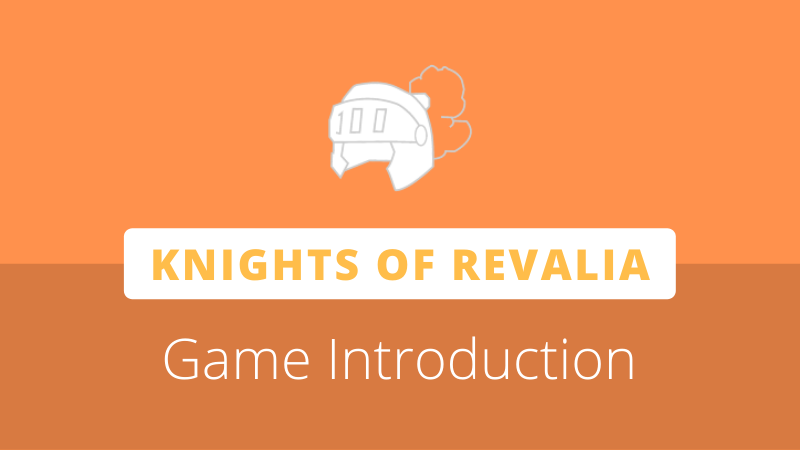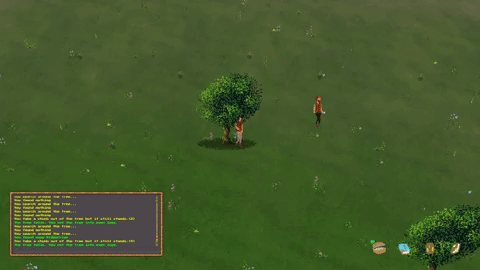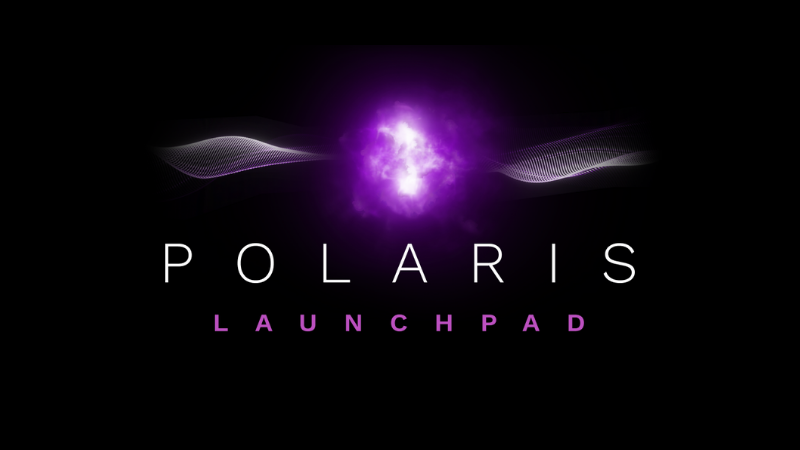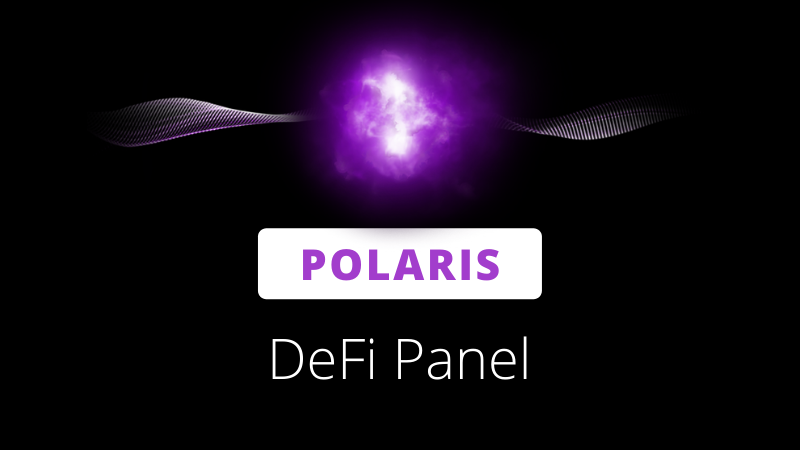
Knights of Revalia is a browser-based RPG game created by saar, a Neo community developer. Players can compete to advance their combat and production skills, collect or craft loot, and trade their riches in NFT form on GhostMarket.
The game’s design throws back to graphical MUDs (multi-user dungeons), precursors to the broader MMORPG genre which popularized virtual game worlds with social elements. Like its progenitors, such as Ultima Online and Runescape, Knights of Revalia (KoR) is a fantasy world with a retro aesthetic.
Playing the game is free; new players can create a character using a traditional username/password login system. Improved account security and functionality can be accessed by instead opting to use a Neo N3 address to create their in-game account. These characters can log in via message signing with NeoLine or O3 wallet and gain access to the game’s NFT integrations.
Account progression
After creating an account, the player will find themself in the starting town, which also acts as the respawn point. Several amenities can be found here: a general store, fishmonger, and places to spend coins on armor and weaponry.
Characters have progression, so completing activities such as cutting trees or catching fish are rewarded with experience. Experience brings higher levels, unlocking new resources, equippable items, or offering other attainable benefits. The game also features quests; chopping down a tree for an old man in the town will result in a windfall of woodcutting experience and a free bronze axe, which can double as a starting weapon.
Starting the game by putting the time into non-combat skills is an effective way to build up some coins, which can be spent on weapons or armor to strengthen the player in combat. You can use an axe to cut trees for woodwork levels, and use those skills in the workshop to craft new items. Other available production skills in the game so far include Fishing, Cooking, and Mining.
Equipment & NFTs
Equipping items is achieved through the Inventory menu. Players can acquire helmets, armor, shields, and a variety of melee weapons. Bows can also be used, as long as a quiver and arrows are in the player’s inventory.
Characters have a limited number of inventory spaces, and can hold at most two NFTs at once. NFT-based items have the interesting characteristic that they are not dropped on death in dangerous zones, marked by a warning notice and skulls in the lower right corner of the screen.
Typically, players would lose most items on death in these zones, but those minted as NFTs are not. Taking a piece of armor, shield, or a strong sword minted as an NFT is a good way to make sure you always have some reliable equipment.
A notable exception can be made for cosmetic NFTs, including items such as the Captain Pirate or Holiday hats. These items do not need to be in a player’s inventory to be equipped—they can be equipped directly from the NFT Treasury, and do not count towards the inventory NFT limit.
Combat
Battle in KoR comes in melee and ranged flavors. Once engaged in melee combat, fighting becomes round-based, and characters are prevented from fleeing until three rounds of combat complete. It’s also possible to kite enemies with a bow and arrows equipped, walking backwards while firing arrows to lower the enemy’s health.
PvE is another good way to earn coins, and mightier foes drop more valuable loot. Whilst the lowest level bandits may only commonly drop fishing bait, which increases the chance of catching a fish when fishing, defeating higher level foes may result in weapon drops, such as higher tier axes and swords. If upgrades aren’t needed, these can be sold to the stores for coins, or minted as NFTs in the bank for trading on GhostMarket.
After entering a dangerous zone, players may also compete in PvP battles. Marked by a skull in the corner of the screen, death in these areas means losing most items in the player’s inventory. The deeper a player heads into these territories, the more dangerous they become. With one skull, players within 3 Might levels may attack each other. After two skulls, the Might gap becomes 10. After three skulls, a player can be attacked by a character as much as 30 Might levels higher.
Decentralized Economy
Like its predecessors, the game is largely economy driven. Players can kill bandits or other mobs for coins or items to sell in the town’s shops, or using production skills such as mining and fishing to earn the in-game currency. Coins can be spent on weapons, armor, or other resources that can expedite the process of gaining experience in skills with purchasable resources.
However, players are not limited to trading through in-game shops. Items, whether cosmetic, weapons, or stacks of resources, can be minted as NFTs for safekeeping or bulk transferring outside of the game. Time spent in the game doesn’t only result in character progression, but provides the opportunity for real world income to be generated.
While one player might be happy to mine 100 ores in preparation for the upcoming blacksmithing skill, another might want to save the time and be able to jump straight into smithing, happily paying for that privilege.
In most MMOs, this kind of transaction is facilitated by direct trading between players or through the use of in-game auction houses. The law of supply and demand determines the market price for any resource at a given time, and the price is denominated in the game’s native currency.
Play to Earn
Where things get interesting is when one player doesn’t have enough buying power in-game to make such a transaction. Maybe they are a new player that wants the best items for their level to make gaining experience faster, but haven’t yet built up a respectable number of coins.
This interaction has made “gold farming,” the action of selling virtual goods for real world currencies, a notorious element in most MMOs. Usually looked upon negatively, many games studios go to great lengths to prevent these transactions. More recently it has become common practice for a game publisher to position itself in front of the profit stream with centralized microtransactions, often in the form of a “premium” in-game currency, which can be exchanged for precious resources or items at a rate that in-game gold farmers are hard pressed to compete with.
Players’ often negative perspective of gold farming originates from its effect on in-game economies. A rare resource suddenly becoming common due to an influx of farmers will crash its value. Players depending on that resource, perhaps to fund other activities or account progression, would quickly become frustrated by the market manipulation.
When it comes to bots, computer-controlled accounts which automate gold farming activities for profit, this sentiment is easy to empathize with. But the lines get blurry when the gold farmer is an authentic human player, just using what time they have to generate something of value to another player by playing the game in a fair (and often tedious) manner.
In games such as World of Warcraft and Runescape, players have shown they are happy to pay real world money for convenience or to save time. Goldfarming is an industry, and it is big enough that people living in impoverished nations are often better off generating virtual wealth to sell to players than working the available minimum wage jobs.
Wherever you land on play-to-earn, it’s clear that there is a market here. Players that value their time and progression in game equally highly will pay for the privilege of having both. Knights of Revalia is far from the first game to form a bridge between in-game value and real world value. But it can count itself among the first to embrace this phenomenon. Any item in the game can become an NFT, and any NFT can be traded freely on the Neo N3 blockchain, making play to earn a potential reality. Like a real world item, the player is free to do what they wish with in-game items.
Future plans
The game receives periodic updates, which include new in-game content and bug fixes. Since its first version, saar has completed a number of core gameplay updates. Among the additions so far are trainable skills, such as mining and archery, new landmasses and other explorable areas, and more structures in the town that integrate with production skills like cooking or woodworking.
Saar has an extensive roadmap planned that will introduce a variety of in-game content over time. Among the list of additions include new skills, areas to explore, more quests, better enemies and item drops. Other notable updates in the works are an overhaul of the inventory system and the introduction of player-owned houses.
Try Knights of Revalia for free at the link below:
https://www.knightsofrevalia.com/









About The Author: Brett Rhodes
Brett is a blockchain enthusiast and freelance writer who originally began producing content for the gaming & eSports industries. Now he spends most of his time contributing in the Neo ecosystem.
More posts by Brett Rhodes